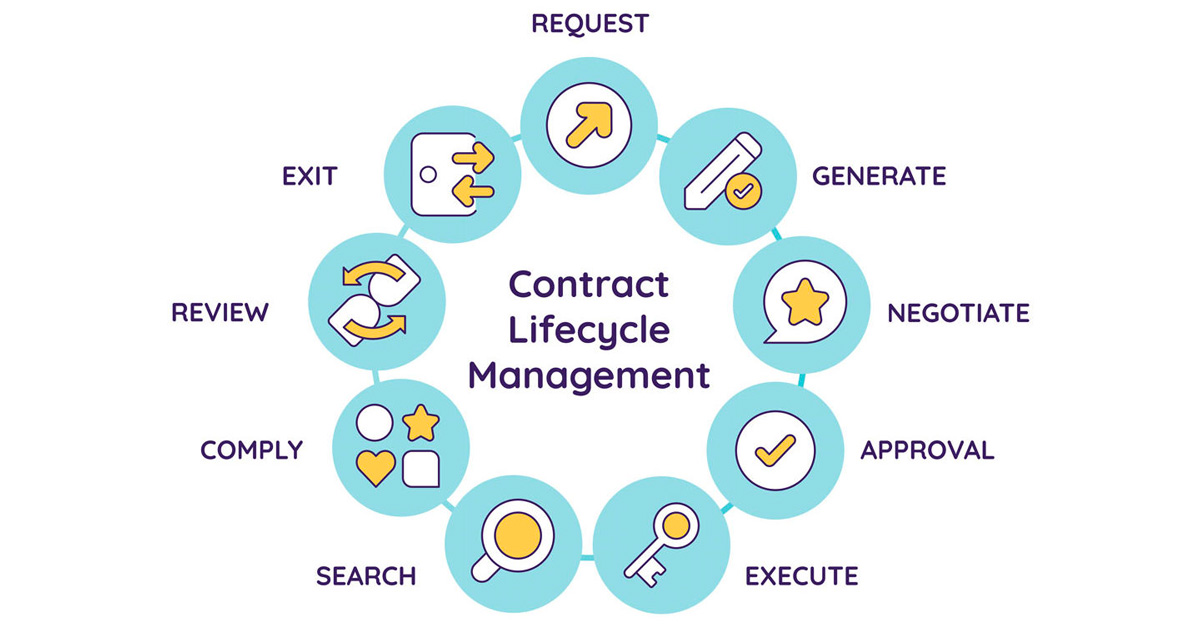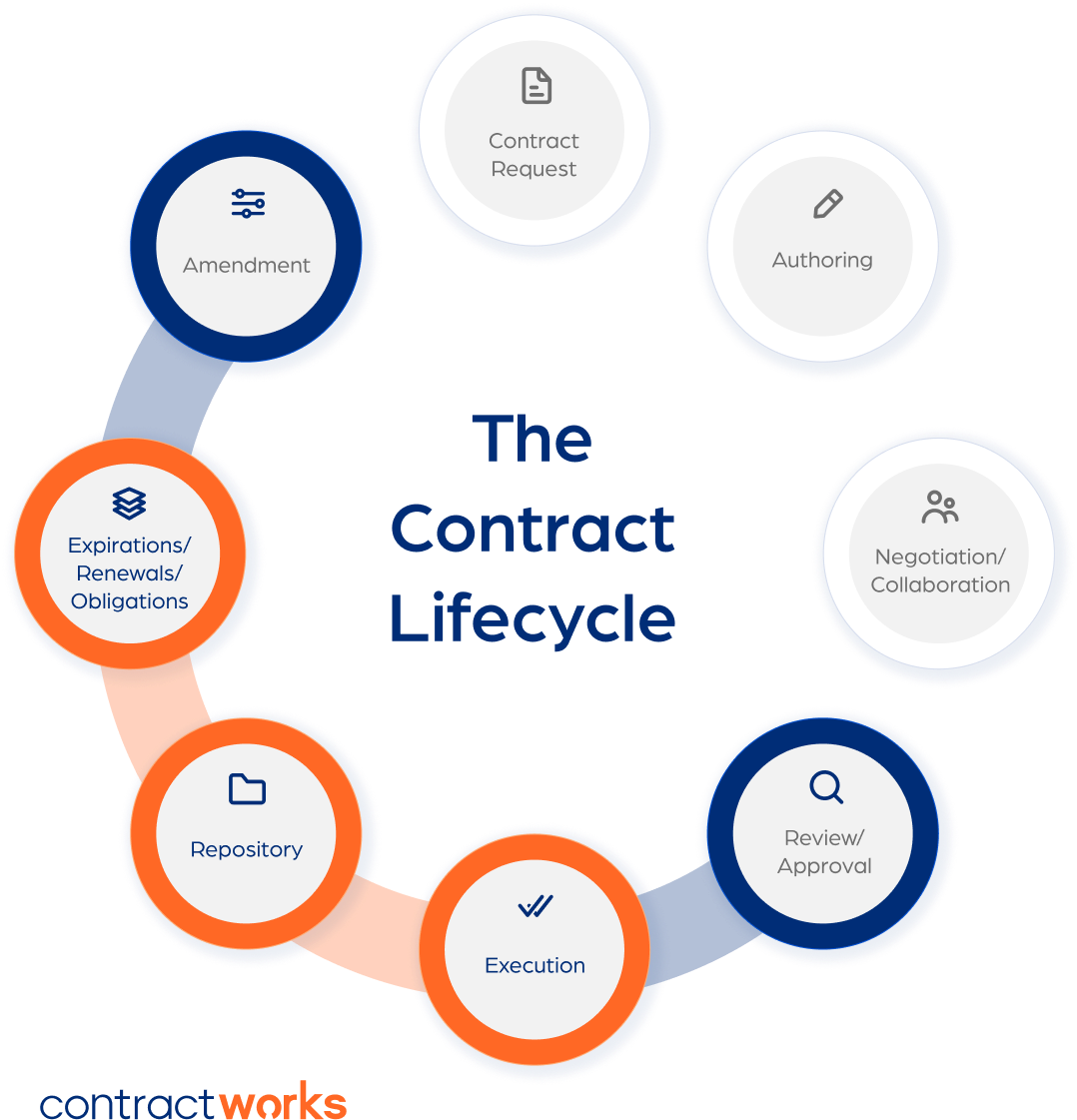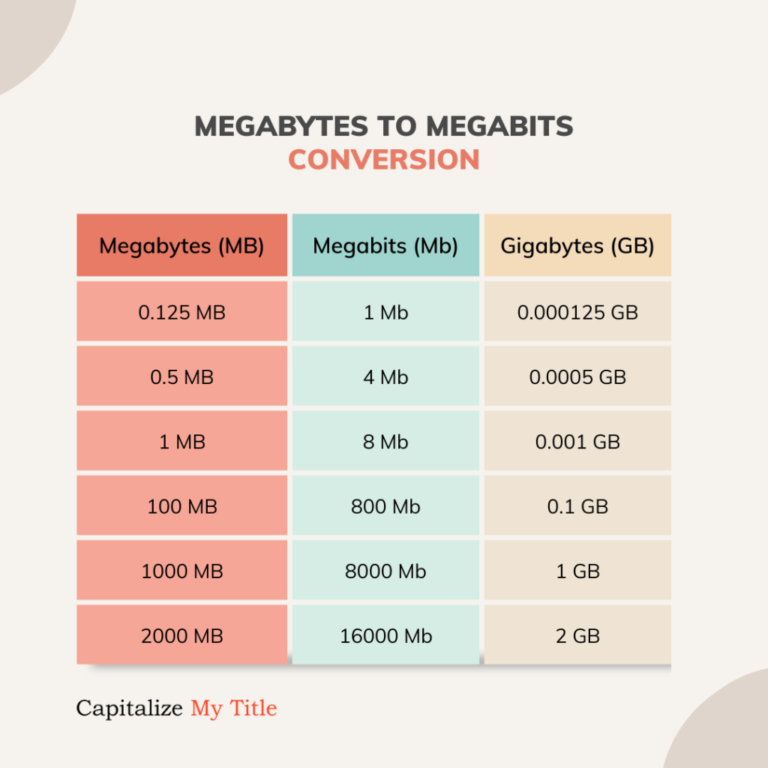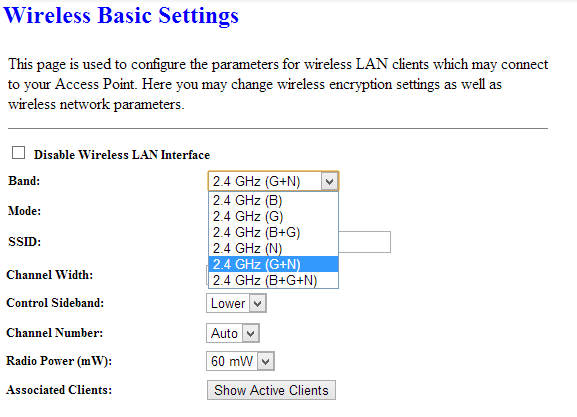What Is The Purpose Of Contract Lifecycle Management?
Contract lifecycle management (CLM) is a process that allows organizations to efficiently manage and track the entire life cycle of a contract. It provides visibility and control over the creation, negotiation, execution, and renewal of contracts. CLM streamlines the contract process and helps organizations reduce risk, save time and money, and ensure compliance. The purpose of CLM is to simplify the contract process while providing the organization with a centralized repository of all contracts. It also provides the ability to quickly and easily find and access contracts, and ensure compliance with contractual obligations. By leveraging the power of CLM, organizations can ensure that their contracts are handled in an efficient and cost-effective manner.
Definition of Contract Lifecycle Management
Contract Lifecycle Management (CLM) is an automated system used to manage the lifecycle of contracts. It is a comprehensive process that covers all stages of the contract from creation, negotiation, and execution to renewal and even termination. CLM systems provide organizations with the ability to drive efficiencies, reduce risk, and create a unified, streamlined, and consistent contract management process.
CLM helps to ensure that contracts comply with applicable laws and regulations, as well as organizational policies and procedures. It also helps to streamline the negotiation process, reducing the amount of time and effort required to finalize a contract. Additionally, CLM aids in the tracking and management of the contract once it has been signed, allowing organizations to better monitor contract performance and compliance.
Overall, CLM is a powerful tool that helps organizations to automate the contract management process, improve visibility into contract performance, and reduce the likelihood of contract-related disputes. It is essential for businesses that have a large number of contracts to manage, as it provides a centralized repository for all contract data and helps to ensure that contracts are managed in a consistent and effective manner.
Benefits of Contract Lifecycle Management
Contract lifecycle management (CLM) is an essential tool for modern businesses, and is increasingly being used to streamline and optimize the entire contract process. CLM automates the entire contract process, from creation to storage to review, making it easier to manage contracts with greater efficiency. CLM also provides a comprehensive system for managing the entire contract lifecycle, providing visibility and control over the contractual process.
The primary benefits of CLM are improved efficiency and cost savings. By automating the contract process, CLM reduces the amount of time and resources that must be devoted to managing contracts. This saves businesses both time and money, allowing them to focus on other aspects of their operations. Additionally, CLM can help mitigate the risk of contract mismanagement, ensuring that contracts are properly signed and stored, and that all contractual obligations are met.
Furthermore, CLM provides greater visibility into the contractual process. With CLM, businesses have access to greater data regarding contracts, allowing them to identify and address potential issues quickly and effectively. This improved visibility enables businesses to optimize their contract process, ensuring that they are getting the most out of their contracts.
In summary, contract lifecycle management provides businesses with a range of benefits, including improved efficiency, cost savings, risk mitigation, and visibility into the contract process. By implementing CLM, businesses can ensure that their contracts are managed in the most efficient and cost-effective manner possible.
Challenges of Contract Lifecycle Management
Contract lifecycle management (CLM) is a process that enables businesses to streamline their contract-related activities in order to save time, reduce costs, and improve the visibility and accuracy of their key contracts. However, just like any other process, CLM presents a set of challenges that businesses must address in order to ensure its success.
One of the biggest challenges of CLM is ensuring compliance with applicable laws and regulations. Companies must not only be aware of all applicable laws and regulations, but they must also be able to track changes and ensure that their contracts are updated accordingly. Additionally, companies must also ensure that the contracts they create are clear and unambiguous, and that they have the proper procedures in place to handle disputes or litigation that may arise.
Another challenge of CLM is the need to manage multiple versions of contracts. As contracts change over time, there is a need to maintain multiple versions of the same contract, which can result in confusion and errors. Companies must ensure that they have a system in place that allows them to easily track changes and maintain a single source of truth.
Finally, businesses must also consider the security of their contracts. As contracts contain sensitive information, businesses must ensure that their contracts are stored securely and that access is restricted to authorized personnel only. Additionally, businesses must also ensure that their contracts are backed up regularly in case of a natural disaster or a system crash.
These are just some of the challenges that businesses face when it comes to contract lifecycle management. By taking the time to address these challenges, businesses can ensure that their CLM process is successful and that their contracts are managed effectively.

How To Implement Contract Lifecycle Management
Contract lifecycle management (CLM) is an essential part of any business’s operations. It is a process that helps businesses to streamline their contract management process, minimize risks, and improve operational efficiency. Implementing CLM requires careful planning, efficient execution, and a deep understanding of the legal, financial, and operational implications of the process.
First, it is essential to define the scope of the CLM process. Companies should identify their contract management objectives and develop strategies to meet them. This includes defining the roles and responsibilities of stakeholders and setting up systems to track and manage contracts.
Second, companies should create a detailed workflow for contract management. This includes identifying contract types, setting up a timeline for contract executions, and establishing a system for tracking and monitoring contracts.
Third, companies should consider investing in contract management technology. There are numerous software solutions designed to automate the contract management process, ensuring that contracts are managed efficiently.
Fourth, companies should establish a process for contract reviews. This includes setting up guidelines for review, developing templates for contract reviews, and determining which parties should be involved in the review process.
Finally, companies should train their staff on best practices for contract management. This includes educating staff on the legal and financial implications of contracts and developing policies and procedures to ensure that contracts are handled properly and in compliance with the law.
By following these steps, companies can ensure that their contract lifecycle management process is efficient, effective, and compliant with the law. With the right CLM process in place, businesses can minimize risks, improve operational efficiency, and maximize the value of their contracts.
Key Features of Contract Lifecycle Management
Contract lifecycle management (CLM) is an essential tool for managing the entire lifecycle of a contract from initial planning to execution and renewal. CLM provides businesses with an efficient and organized way to manage their contractual obligations. It helps to streamline the entire process, from tracking and monitoring contractual performance to taking corrective action when needed.
CLM is a comprehensive system that allows users to manage all aspects of a contract from a single platform. This includes creating, managing, and tracking contracts, as well as managing the contract lifecycle from the initial planning phase to execution and renewal. It also includes features such as tracking contract performance and compliance, and providing automated notifications for contract activities.
CLM also provides businesses with insights into their contracts. This includes metrics such as the total number of contracts in the system, the total contract value, and the average contract duration. It also provides analytics on the quality of the contracts, such as the average cost per contract, the number of contracts that are overdue, and the number of contracts that have been canceled. This information can be used to identify potential areas for improvement and help businesses make better decisions about their contracts.
In short, CLM is a powerful tool that can help businesses manage their contracts more efficiently and effectively. It provides organizations with the visibility and insights they need to ensure their contracts are working for them, while also reducing the risks associated with contract management.
Conclusion
Contract lifecycle management (CLM) is an essential part of any business, regardless of size. By providing an organized, efficient system for managing the entire contract lifecycle, CLM helps companies reduce risk, save money, and ensure the security of their contracts. It also helps you quickly and easily manage changes and ensure that everyone involved in the contract is on the same page. CLM does all of this and more, which is why it is so important for businesses of all sizes. With CLM, you can easily track and manage contracts from start to finish, making it easier to ensure that all of your contracts are in compliance with the law and your company’s policies.
FAQs About the What Is The Purpose Of Contract Lifecycle Management?
1. What type of contractual documents are managed by Contract Lifecycle Management (CLM)?
CLM can manage all types of contractual documents from agreements, amendments, termination notices, and non-disclosure agreements.
2. How does Contract Lifecycle Management help with compliance?
CLM helps with compliance by allowing users to review and monitor contracts more efficiently. It can also alert users to any contractual obligations or deadlines that may be coming up.
3. How is Contract Lifecycle Management different from other contract management solutions?
CLM is designed to help streamline the entire lifecycle of a contract, from creation to archiving. It also offers more advanced features such as automated reminders, data-driven analytics, and built-in reporting capabilities.
Conclusion
Contract lifecycle management (CLM) is an important tool for businesses and organizations of all sizes. It provides a comprehensive solution for managing and monitoring all aspects of the contract process from start to finish. CLM helps organizations to reduce cost, improve efficiency, and create a more transparent process. It is also critical for ensuring compliance and maintaining a secure business environment. CLM is a powerful tool for streamlining the contract process, helping organizations to optimize their resources and improve the quality of their contracts.



